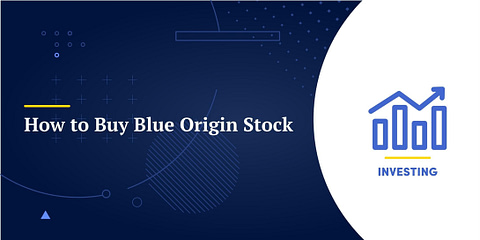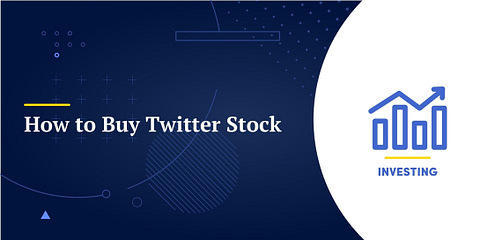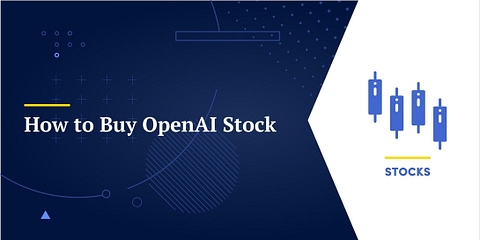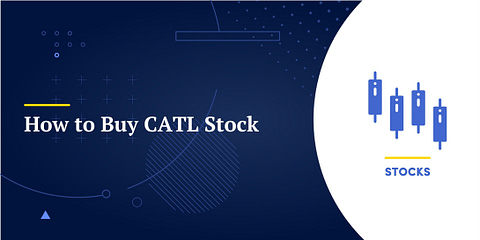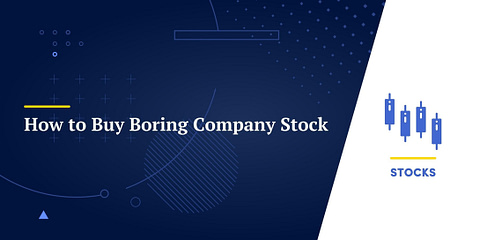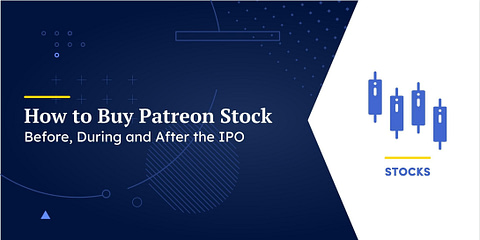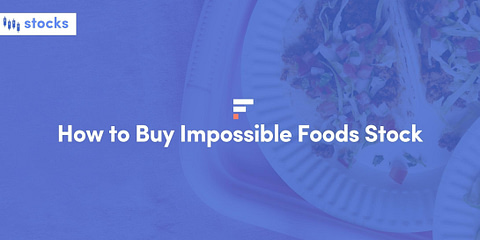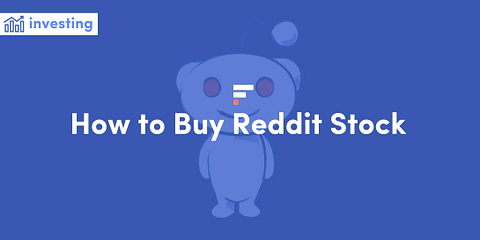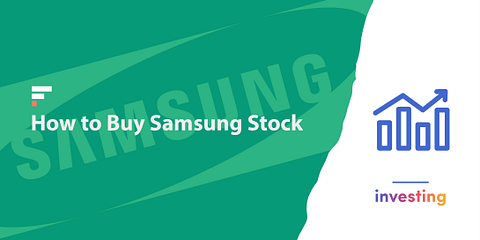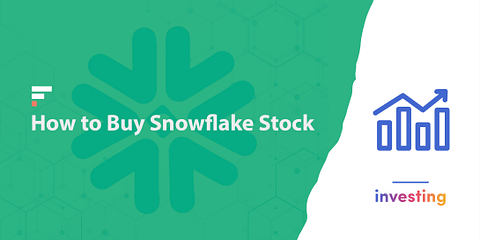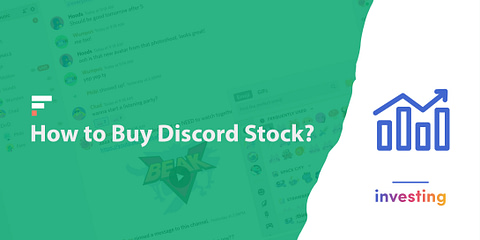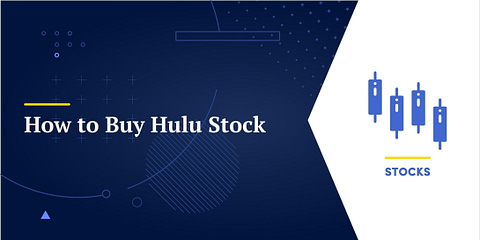The Swedish payment solutions provider is expected to go public soon, but nobody’s quite sure when and on what exchange. It may still be possible to buy Klarna stock before the Company goes public.
Investors have good reasons to be interested. Fintech and e-commerce are hot sectors in today’s market, and Klarna is Europe’s largest privately held fintech company. Performance metrics are trending steadily up and private capital is pouring in.
On July 11, 2022, Klarna reported that it has closed a new $800 million financing round. The round left the Company valued at $6.7 billion, an 85% drop from the previous valuation of $45.6 billion, reported a year previously.
In April 2023, S&P Global assigned Klarna an investment-grade credit rating of BBB-/A-3, citing the company’s ability to maintain and defend its competitive position in key markets and keep a strong capital buffer. The rating will make it easier for Klarna to raise financing without further dilution.
Let’s take a closer look at Klarna, at what the excitement is all about, and at some potential ways to invest before the IPO.
What is Klarna?
| Klarna Fast Facts | |
|---|---|
| Industry | Buy now pay later |
| Key Competitors | Affirm, Afterpay, Splitit, Sezzle |
| Founders | Sebastian Siemiatkowski, Niklas Adalberth, Victor Jacobsson |
| Founded in | 2005 |
| HQ | Stockholm, Sweden |
| Website | www.klarna.com |
| Current Valuation | $6.7 Billion |
| IPO Status | Private |
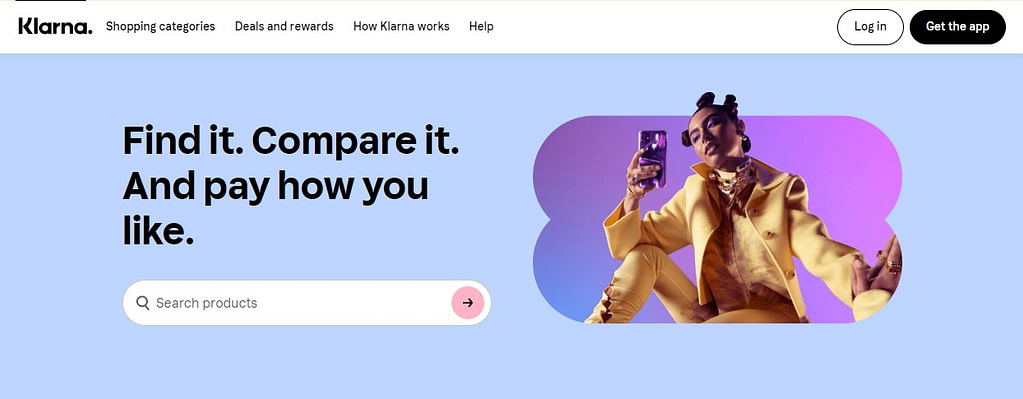
Klarna is a payment solutions provider. More specifically, the Company operates in the booming “buy now pay later” (BNPL) space, offering customers different payment options for purchases.
Klarna has over 400,000 retail partners in 48 countries. They include Peloton, Samsung, Ikea, Macy’s, H&M, Expedia, Nike, AliExpress, Saks, Shopify, and many others.
Klarna can be integrated with an online retailer’s checkout system, appearing as a payment option on checkout, or shoppers can use Klarna’s shopping mall app.
Once a shopper selects Klarna they have multiple payment options.
- Pay in 4: four interest-free payments, one every 2 weeks.
- Pay in 30 days: buy now, pay within 30 days, interest-free.
- 6-36 months financing: flexible financing with transparent credit options.
These options have been extremely popular: Klarna’s total net operating income increased 38% in 2021 to US$ 1.6 billion. Gross merchandise volume rose to $80 billion. US users rose 71% to 25 million.
Gross merchandise volume in the US for the first half of 2022 was up 109% year over year. Total gross merchandise volume for all markets was up 21%.
Klarna was founded in 2005 and was profitable for 14 years. The Company incurred expected losses while funding a growth drive in 2019 and 2020.
Klarna is active in multiple markets:
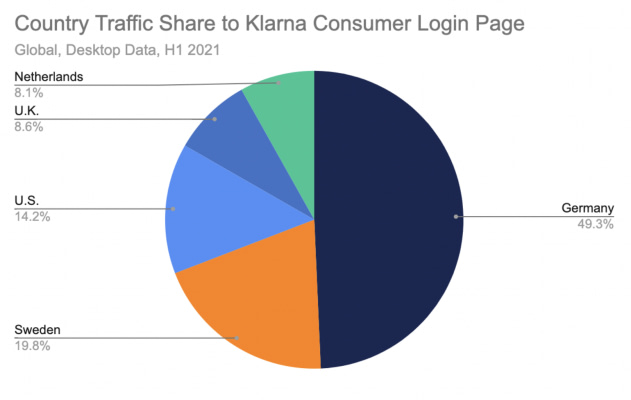
The company is expanding rapidly and entered six new country markets in 2020.
Klarna operates in two related niches: payment solutions and financing. It competes both with traditional credit card providers and with payment solutions providers like PayPal.
Klarna’s Financing
In June 2021 Klarna announced that it had raised $639 million in venture capital. That financing round was led by Softbank, with existing investors WestCap Group, Honeycomb Asset Management, and Adit Ventures adding to their holdings. Previous rounds drew capital from SilverLake, Sequoia Capital, Dragoneer, and China’s Ant Group, among others.
This round of financing placed Klarna’s valuation at $45 billion and raised speculation that an IPO is imminent. However, no documents have been filed and no schedule has been set. Klarna CEO Sebastian Siemiatkowski stated in 2019 that “an IPO would most likely be happening in the US”. Some reports also claim that the Company is under pressure to list its shares in its native Sweden.
In July 2022 Klarna held an $800 million funding round that left the Company valued at $6.7 billion, an 85% drop from its previous valuation, reflecting a general decrease in equity values and a bleak investing market for growth tech stocks.
There’s a great deal of speculation over the possibility that Klana will push ahead with an IPO as soon as possible to take advantage of the current market environment, which is very favorable to e-commerce companies. That is still speculative, though, and it is not clear where, when, or if Klarna will go public.
Do you ever second-guess yourself for not investing in a certain stock? It’s time to find out what you could’ve made.
How Can I Buy Klarna Stock?
Klarna is currently a private company. Shares do not trade on any public exchange and you cannot purchase them through a conventional broker.
It may still be possible to buy Klarna shares using these options.
Pre-IPO Secondary Markets
It is sometimes possible to purchase pre-IPO shares through secondary marketplaces. These companies may acquire shares from employees who have received them as part of their compensation package or from early investors.
It may be possible to buy Klarna stock through these platforms:
- EquityZen handles pre-IPO shares that it sources from employees and early investors. These shares are sold to qualified buyers. There is a qualification process and a minimum investment, at least $10,000 and potentially higher.
- Forge Global is a private equity marketplace formed by the 2020 merger of SharesPost and Forge Global. The usual minimum transaction size is $100,000, but they sometimes make exceptions.
- SecFi works with employees who have received stock options, helping them liquidate their holdings by selling them to private investors.
- Tioex Technologies is a Swedish that provides privately held shares to members.
- Online reports suggest that Tioex has Klarna shares available for purchase; contact them for details.
- Nasdaq Private Market provides access to private company shares for investors who meet SEC accredited investor criteria.
- EquityBee is a private marketplace that allows investors to fund an employee’s stock options in exchange for a share in the proceeds from their eventual sale.
All of these platforms have requirements. You may have to pass a qualification process and you will usually need to open an account. There will be a minimum purchase.
There is no assurance that any pre-IPO secondary market platform will have Klarna shares available.
⚠️ There are real risks in buying pre-IPO shares. Market conditions and internal concerns may lead a company to postpone or even cancel an IPO. If that happens there may be no market for your shares.
📚 Before considering any pre-IPO purchase, you should learn more about pre-IPO investing and review this article on how to buy pre-IPO stock!
Invest in the IPO
Investing in pre-IPO shares is difficult and sometimes impossible. It’s also risky: if the IPO is postponed or canceled you may not be able to sell your shares.
If you buy Klarna stock at the IPO you’ll reduce the risk. The shares won’t be as cheap as they might be in a pre-IPO transaction, but you know there will be a market for your shares.
Several major brokers offer IPO participation to qualified account holders. Each has its own system and its own restrictions.
- TD Ameritrade may let you participate in an IPO if TD Ameritrade is a member of the selling group. Participating account holders need a minimum balance of $250,000 or 30 trades in the last calendar year.
- Fidelity customers in the Premium or Private Client groups may participate in IPOs. Other investors may qualify if they meet a minimum household asset requirement.
- Charles Schwab will allow IPO participation for clients with a balance of $100,000 or above or at least 36 trades in their trading history.
- E*Trade has no trading history or account balance requirements. The underwriter of ther IPO may require a qualification questionnaire.
- Robinhood allows customers to submit a “conditional offer to buy” at the IPO price.
- Freedom 24 offers participation in US and European IPOs. You will need to fill out a questionnaire to qualify.
☝️ Even qualified buyers may not be able to buy the number of shares they want, and they may not be able to buy at all. IPOs often assign a very limited number of shares to retail investors.
⚠️ You may not be able to sell IPO shares immediately. IPO shares often come with a lock-up period, often 90 or 180 days.
Invest Indirectly
Investing in pre-IPO or IPO shares is difficult and it’s not always possible to acquire shares. Another option is to buy shares in publicly held entities that have invested in Klarna. These shares may see significant appreciation if Klarna holds a successful IPO.
One option for indirect investment in Klarna is Softbank. It’s a Japanese company but its ADRs trade in the US OTC market under the symbol SFTBF. Softbank has many other holdings, though, and may not respond dramatically to a Klarna IPO.
Invest After the IPO
The easiest option for buying Klarna shares is to buy after the IPO. You can make this purchase through your brokerage account if Klarna lists in the US.
Buying after the IPO won’t get you the lowest price, but it does get you in near the ground floor and long-term appreciation can still be considerable.
👉 Tesla priced its IPO shares at $17. They reached $23.89 on their first trading day. At the time this is written, they are worth just over $200. Even if you don’t buy at the IPO price you can still get in early and make real money!
If you don’t have a favorite broker yet, we recommend eToro.
Invest in global and local stocks with ZERO commission
Are There Any Concerns About Klarna?
Klarna presents fewer risks than many IPOs. The company is well established, has operated for 16 years, and has an established reputation. Sales are over $ 1 billion a year and growing. This is not a speculative enterprise. Still, any early-stage investment has risks.
- Competition is intense. Klarna faces competition from privately held AfterPay and fom Affirm (NASDAQ: AFRM), both of which offer similar products and services. Apple has reportedly considered a similar service. Klarna may or may not come out ahead.
- Klarna faces credit risk. The Company provides financing for customers, effectively functioning as a bank. Klarna uses a proprietary risk assessment model, but they could still face defaults.
- Regulation may become an issue. The buy now pay later niche is relatively new, and has generated discussion around risks to consumers. Some governments may propose or introduce regulations that could affect Klarna’s business and stock price.
- Klarna could suffer in an economic downturn. Klarna’s business relies on shopping, and if economic conditions reduce discretionary purchases the transaction volume could be affected.
These risks may or may not affect the Company or its stock price, but they should be considered. All investments involve risks, and you should always consult with a financial professional to help you assess whether a given investment is the best use of your money.
Conclusion
Klarna’s highly anticipated IPO is generating a great deal of attention and discussion. The Company is an established player in a high-growth industry and has an impressive and established track record. When (and if) the IPO takes place, it’s likely to be a major event.
You may be able to buy Klarna stock at or before the IPO using the resources above. You may also make an indirect investment by acquiring shares in a company that owns part of Klarna, such as Softbank. If you want the simplest route, you can simply buy as soon after the IPO as possible.
FAQs:
Klarna is a payment solutions provider providing “buy now pay later” services to retail sellers and their customers.
Klarna has 147 million customers and 400,000 retail partners in 45 countries. They reached $1.6 billion in revenues in 2021. The company has seen dramatic increases in almost all business metrics over the last two years.
Klarna does not trade on a stock exchange: it’s still a privately held company. It may be possible to purchase pre-IPO shares from select private equity marketplaces, subject to restrictions. You may also be able to buy at the IPO if shares are available. You can also invest in a company that owns a stake in Klarna or buy shares after the IPO.
Klarna operates in a highly competitive market and may face government regulations that hamper its business. They also face credit risk and could be vulnerable to an economic downturn.



